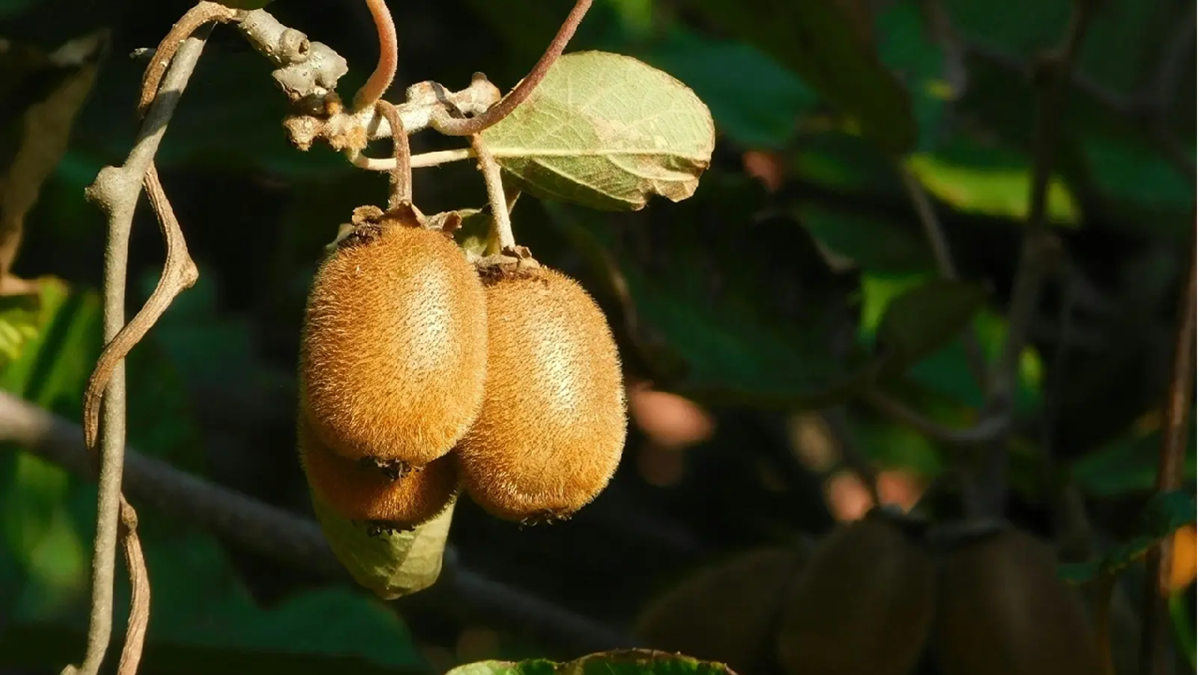Measurements
Ethylene measurement and postharvest pepper storage quality
Peppers, a popular vegetable, are rich in phytochemicals with antioxidant, antimicrobial, and anti-inflammatory properties. Peppers are also a source of red pigment capsicum, a high-quality food and textile dye. To serve their purpose, peppers need suitable postharvest treatment, storage, and packaging to maintain their quality.
07 June, 2022
Peppers, a popular vegetable, are rich in phytochemicals with antioxidant, antimicrobial, and anti-inflammatory properties. Peppers are also a source of red pigment capsicum, a high-quality food and textile dye. To serve their purpose, peppers need suitable postharvest treatment, storage, and packaging to maintain their quality. Factors affecting pepper qualityPeppers are harvested and eaten at green immature and red mature stages. Being perishable, peppers require careful postharvest handling to decrease losses and maintain nutritional quality. It is possible to enhance shelf life and produce quality by managing storage temperature and humidity, treatments, ethylene levels, and using suitable packaging materials since they limit the physiological processes that cause shriveling, softening, and physiological disorders. At low temperatures, respiration rate and ethylene production are decreased. Packaging material can reduce water loss, respiration rate, chilling injury, and physiological disorders. Chemical, physical and gaseous treatments can delay ripening and prevent microbial infections. However, identifying the exact conditions is crucial, and achieving the combination that produces the best results requires research. Tests conducted on Sweet DelilahTo improve the shelf life of a commercially valuable pepper cultivar, Sweet Delilah, a team of horticultural scientists Hamed, Bartolo, and Jayanty, tested many packaging films and 1-methylcyclopropene (1-MCP) treatment. Sweet Delilah peppers have high concentrations of flavonoids, phenolics, and ascorbic acid; the variety has a good flavor but a short shelf life. The horticultural scientists chose to test 1-MCP since it is an ethylene perception inhibitor that binds to ethylene receptors. By preventing ethylene from acting, 1-MCP delays the ripening gass effects, like senescence, softening, and color and nutritional content change. The four packaging materials tested were: - polypropylene flat bag (P12F) - laminated poly-nylon (30NV) - coextruded vacuum pouch (30NVC), and - polyethylene (P15G) The horticultural scientists measured the effect of combinations of packaging and storage conditions on weight loss, firmness, bioactive compounds, antioxidant activities, ascorbic acid, and respiration rates. The vegetables were harvested at two stages green/immature and red/mature. Three peppers were packed into the four test packaging films and sealed. Three replicates of each packaging film were used. They were stored for 21 days at 7.2°C and 90% relative humidity (RH) to test quality. The control consisted of unpackaged peppers kept on a tray for comparison. Three to five peppers were freeze-dried and ground for further analysis by wet chemistry to test concentrations of bioactive compounds and ascorbic acid. The scientists then used DPPH and ABTS assays to record antioxidant activities. To test treatment, 60 nl L-1 of 1-MCP gas was introduced into a closed container where red peppers. Green peppers and control red peppers were not treated with 1-MCP. After 21 days of storage, red peppers were kept for four days at 15.5°C and 75% RH to simulate retailing conditions.Quality parameters of weight loss, firmness, respiration, and ethylene were measured before the experiment and then after 7, 14, and 21 days of cool storage, and four days in retail conditions. Weight loss was calculated by weighing the peppers. The firmness of red and green pepper was measured with a texture analyzer. The F-900 Portable Ethylene Analyzer, manufactured by Felix Instruments Applied Food Science was used to estimate respiration rate and ethylene production. The tool can take rapid, non-destructive, and precise ethylene measurements and can be additionally equipped to measure oxygen and carbon dioxide. The device was selected for its precise usefulness in measure all three ripening gasses. The color was recorded with a chromameter. Treatment was a successResults showed that the films P15G and P12 F produced lower levels of respiration, ethylene, and weight loss. P30NVC was good at maintaining total phenols, total flavonoids, and ascorbic acid, while P12G film was effective in retaining antioxidant activities. In contrast to these mixed results, the treatment of red peppers with ethylene inhibitor 1-MCP produced good overall results and extended shelf life by delaying weight loss and color change, while maintaining firmness. 1-MCP also maintains the nutritional value of red peppers by reducing the loss of phenols, flavonoids, and ascorbic acid. Thus, scientists recommended 1-MCP treatment for Sweet Delilah peppers. Since all packages gave better results than leaving red and green peppers open, the choice of packaging material will depend on the quality parameter that people want to enhance. In studies like these, the ability to quickly and accurately measure ethylene, CO2, and O2 is vital.












